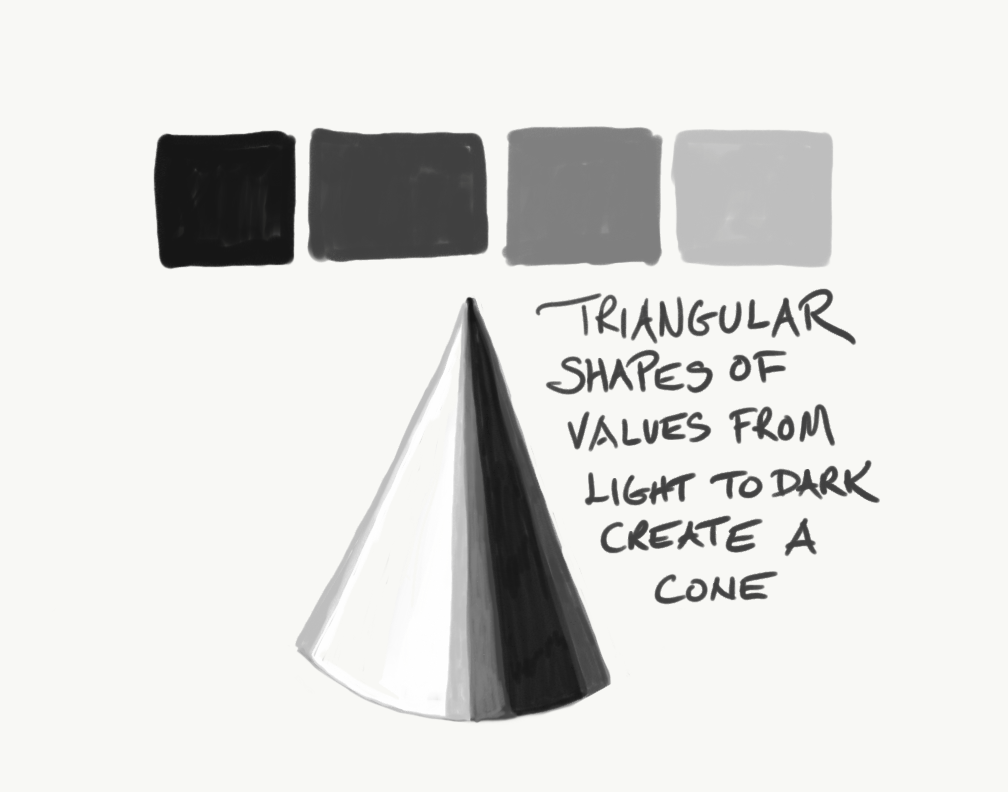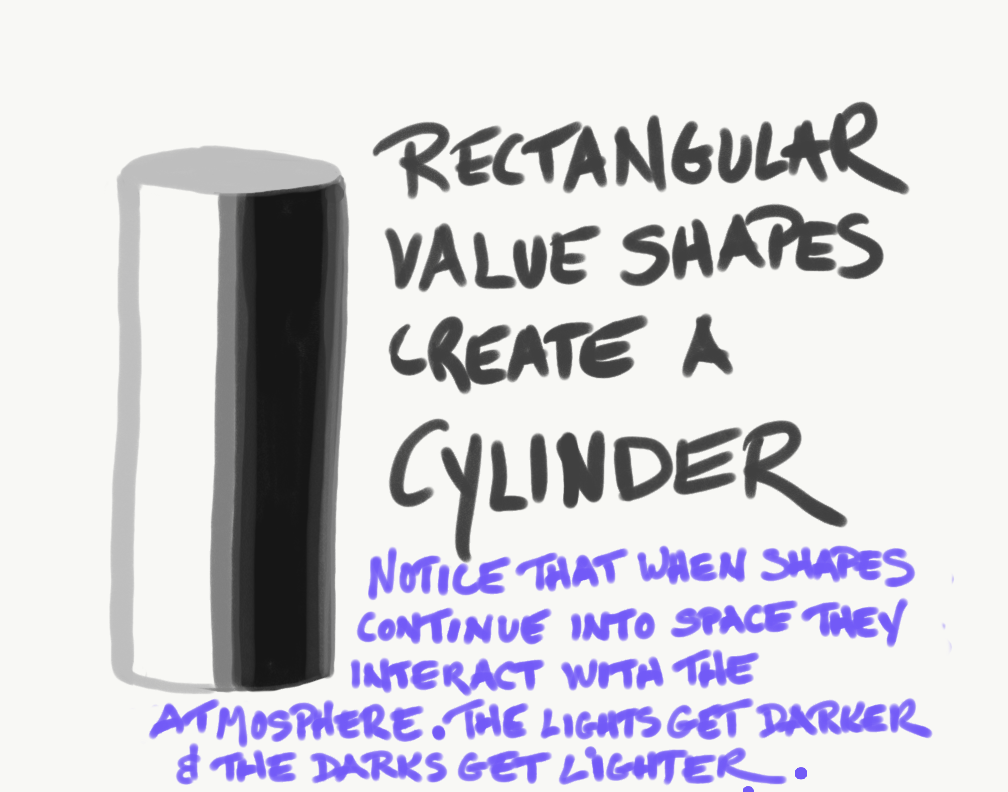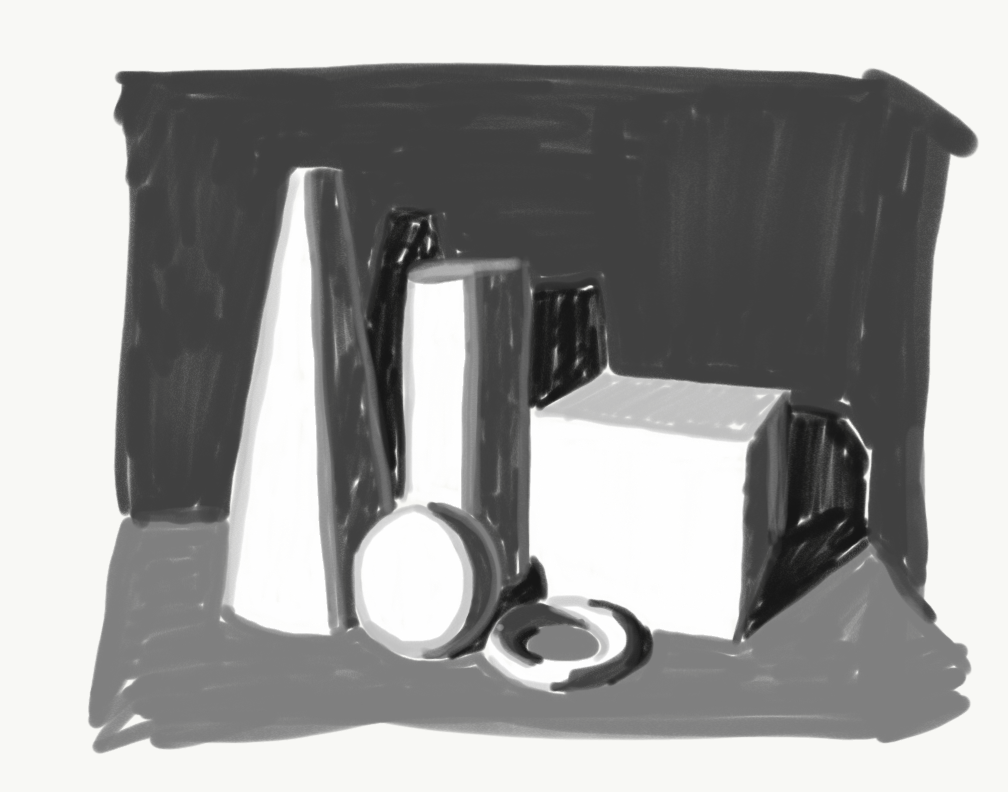We are ready to paint!
By now you have all of your supplies and you’ve found a spot in your home to set up your easel. Now you can set up your still life. If you are right handed, set up the still life on your left so that your body and eyeballs are open to it. Ideally, you want your eyes to go from the subject you are painting, to your canvas without a lot of body movement – the action goes from your eyes, through your sweet body and soul, and out your arm onto the canvas – as if you are breathing out the brush stroke. If you are left handed, set up the still life life on your right so you are not crossing over yourself to see your subject. Open and ready. That’s what we want.
In my studio area I have everything I need. Supplies, an inspiration board filled with images that make me happy, art books, and my desire to make something beautiful. The beauty doesn’t always come effortlessly, but being ready for it sure helps it show up. Set up your supplies and leave them out, ready for what your colors will bring. If you have pets and/or small children, use some caution of course. Otherwise, leave yourself ready to paint!
We begin with VALUES. It’s a good place to start.
Value: The range of light to dark. VALUE shapes create form. We will begin using only black and white to create a range of values from light to dark and use that range of values to create the illusion of 3-dimensional form on a flat surface. Gray values may not seem as visually exciting as the world of color, but the value structure – the balance of light and dark masses in a painting, is wildly important. So, while this exercise may seem simple, I promise you it is effective, and it is a good place to start!
So, most things in our world can be broken down into five basic shapes – a cone, a cylinder, a sphere, a cube, and a torus. As we move forward our value shapes will become more complex. The more complex the form is, the more complex the value shapes will be. Being able to see and understand VALUE will remain important all the way through your painting life. As we move into color and composition you will see that the arrangement of lights and darks not only describe your forms, but they inform the overall composition of your painting – the value structure. It’s were the poetry lives. So let us play in this lovely space that is uncomplicated by color for just a bit. From here, everything else builds.

Set up your subject
Gather your shapes and arrange them inside a larger box so you can control the light source. Light them from one side and begin moving them around. Arrange them in a way that pleases your eye. Group them together so they interact with each other by casting shadows. Make the edge of one object intersect with the edge of another object.
The value shapes (the shape of the light, the shape of the dark) create the form. A cone has triangular shapes of lights and darks to create its form. A cylinder has rectangular shapes of light and dark to create its form. A cube has square shapes of light and darks to create its form. Once we understand how to create these basic forms, we can modify them to create more complex forms, but we will always start with the big shapes.
So, let’s create some forms!
Get your black and white paint, your palette knife, your canvas, your paper towels, your mineral spirits, and your delightful heart ready to go. In the next lecture we will mix up a value scale in oil paint and put it on the canvas. Wahoo…




